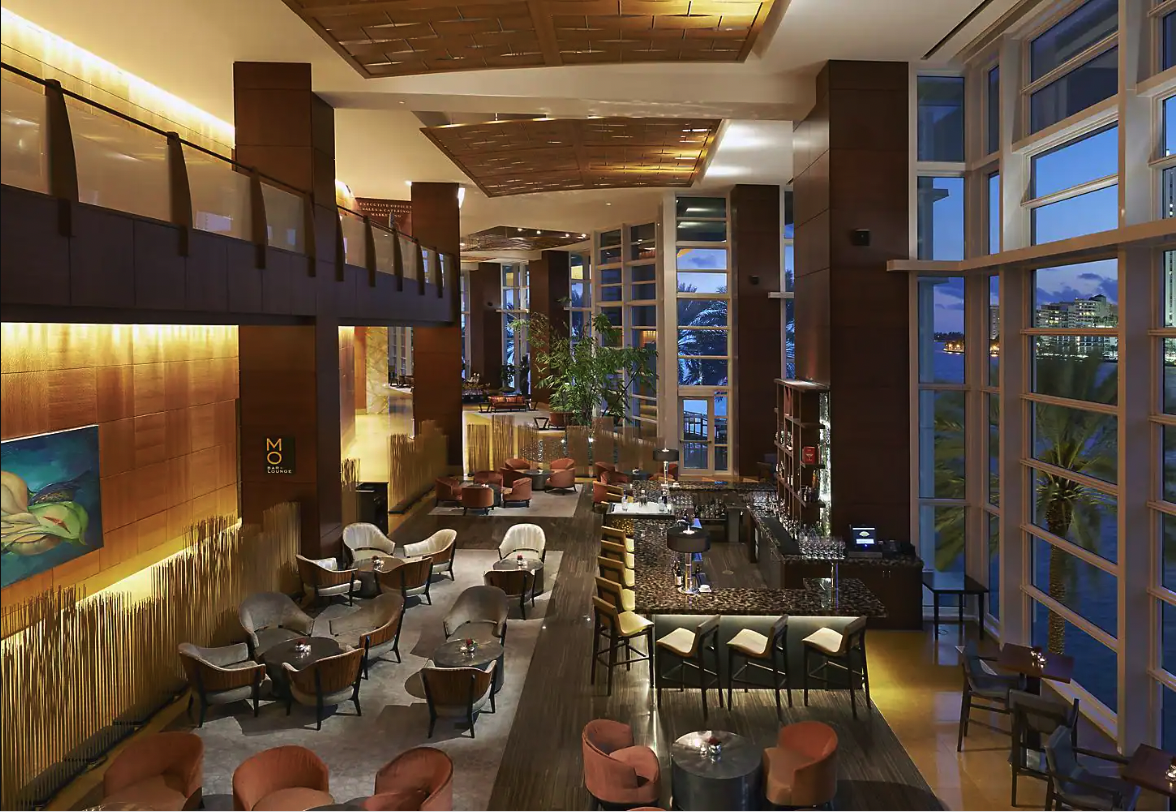
By Jason Q. Freed
Ancillary revenues are skyrocketing and total revenue figures can help hotels benchmark performance against their comp set, but operational decisions should be made by diving deeper.
Because it provides a more holistic view of the revenue generated across an entire property, more hospitality leaders are turning to TrevPAR (Total Revenue Per Available Room) as a key measurement in their benchmarking and operational strategies.
To calculate TrevPAR, hotels add all revenue generated from room sales, food and beverage sales, meeting room rental and spa services, and other sources of revenue, such as parking, resort fees and pet fees. This total revenue is then divided by the total number of available rooms in the hotel.
By analyzing TrevPAR, hoteliers can identify areas where they can increase revenue, such as by promoting the hotel’s food and beverage offerings or by increasing sales of additional services, such as spa treatments or other amenities.
It’s a timely topic as ancillary revenues outside of hotel rooms seem to be skyrocketing. According to STR, TrevPAR at U.S. hotels in March broke a record, clocking in at $238.22, up 17.5% over March 2022 and the highest for any month on record. Rooms revenue accounted for some of the growth – average Revenue Per Available Room (RevPAR) in March was $103.35 – but hotels made significant revenue gains outside of the rooms department.
“Ancillary revenues have picked up, especially post-COVID. Along with a renewed interest in travel, people are also taking advantage of the ancillary services that hotels offer,” says Raquel Ortiz, Director of Financial Performance at STR. “Definitely restaurant revenue has been up – not so much from group business – but transient guests are driving revenue gains in the F&B, spa and golf departments.”
Some of that revenue is driven by guests who are visiting the property specifically for restaurant reservations, a tee time or a spa appointment, and won’t end up staying overnight, which is fairly common in the luxury and resort spaces, adds Sudharshan Chary, founder and president of Datavision by MDO.
“At Mandarin Oriental, for example, there are guests who come to eat at the property even if they’re not staying there, and Mandarin tracks those guests through their recognition program,” Chary said. “They make quite a bit of revenue from people walking in to have lunch at a Mandarin Oriental and they want to understand what that guest’s total spend is, regardless of whether it’s on food, beverage, spa appointments or rooms. And that same kind of thinking goes for a lot of the other properties.”
“If you’re looking at revenue figures for somewhere like Atlantis – they’ve got a waterpark, they’ve got parking, they’ve got 30 different restaurants at a single property – TrevPAR is a nice figure that leadership can use to understand which divisions are under- or overperforming,” adds Ryan Smith, managing director at inTouch by MDO.
TrevPAR’s Impact on the Future of Hospitality
So, with record-breaking revenue coming from other departments outside of rooms, it begs the question: How much should hoteliers shift their attention from managing rooms revenue to managing revenue from ancillary services? Would a smart hotelier ever move away from offering overnight lodging and instead focus on running a spa, for example?
“I think it definitely changes the way hoteliers think, especially because it’s so much harder to increase rooms revenue versus increasing the prices on spa services or menu items in your restaurant,” Ortiz said. “I think hoteliers are ultimately going to want to focus on areas where you can manage expenses better. Rooms and F&B are definitely more labor intensive and have more expenses tied to it, but golf and spa, which are more experiential, you can control the labor a little bit more and you can have larger markups on the products.”
On that note, Smith says he is working more with hoteliers who are looking to better understand how revenue from their ancillary outlets flows through to the property’s overall bottom line. “One of the hardest things to track is the channel cost on rooms – it’s much easier for hotels to track the expense lines and the cost margins for ancillary revenue than it is for their rooms,” he said. “Also, it’s a lot easier for hoteliers to prototype, test and try new things in the ancillary departments. You can offer a treatment package or a menu item that only runs for one week and see how it performs, and if it doesn’t work, you change it. You can’t necessarily do that with rooms because you’re dealing with perishable inventory.”
The real profit drivers, Ortiz suggested, are revenue streams that have very little costs or expenses attached, many of which are bucketed “miscellaneous” by STR – things like parking, resort fees and pet fees.
Profitability Metrics Lead to Better Decisions
While everyone agrees that TrevPAR is an important metric for benchmarking against competing hotels, both Chary and Smith suggested its importance can be somewhat limiting.
“Decisions aren’t made off of TrevPAR,” Smith suggests. “Decisions are made based on the numbers underneath it.”
First, Chary argues that dividing ancillary revenues by “per available room” can be a misleading statistic that doesn’t account for walk-in guests who don’t stay overnight. Instead, he helps hoteliers create specific metrics for those departments, such as Revenue Per Available Treatment Hour in the spa department, or what he calls RevPATH.
Similarly, Smith has worked with an island resort that is able to take their time sheet data and compare it with food cost data to break out exactly how profitable the F&B department is by hour. Leadership is using that data to determine when to close the dining outlets, whether to extend lunch, whether to offer a happy hour, etc.
Through P&L data ingested from the PMS into custom dashboard and reporting solutions, MDO is helping hoteliers understand Earnings Before Interest Taxes Depreciation and Amortization (EBITDA) from each of their ancillary departments.
STR is offering benchmarking insight into profit margins by department as well. “Which department is going to have the biggest margins overall? It’s usually not F&B because that’s a very labor-intensive department,” Ortiz said.
Overall, she said hotels’ Gross Operating Profit remained very strong throughout the pandemic, mainly because even as demand was muted for several months, labor costs were also cut drastically. Total GOP margins in February averaged about 40%, meaning about 40% of a hotel’s total revenue went to the bottom line. In the F&B department, that flow through was closer to 33%, she said. Both numbers are similar to what they were in 2019.
Ultimately, both Chary and Smith see measurements moving toward a common denominator like revenue per guest or revenue per square foot, which helps identify which revenue drivers within a property are more profitable. Another increasingly popular measurement is TrevPOG (Total Revenue Per Occupied Guest), which helps mainly resorts measure guest spend across the entire property.
“Some clients have measured rooms down to per square foot, function space down to the square foot and F&B space down to the square foot. It’s all the same space, and this way they can determine how many tables or how many rooms to put in that space,” Smith said.



